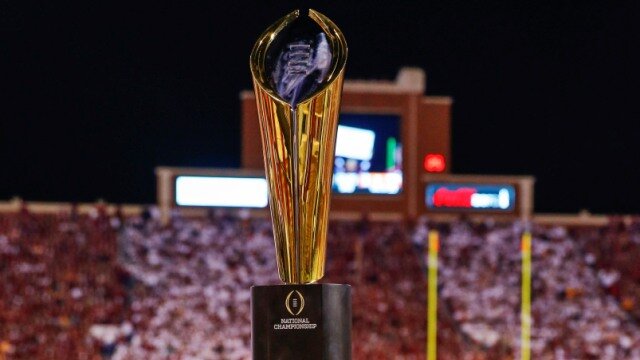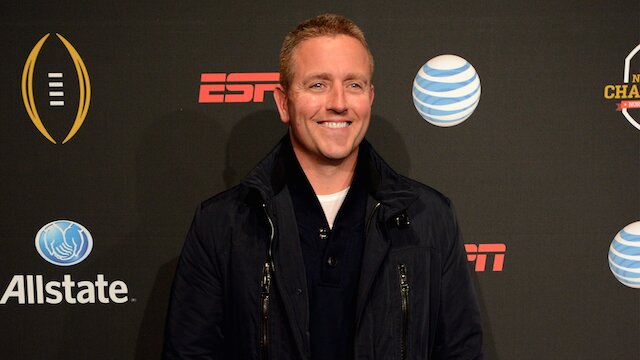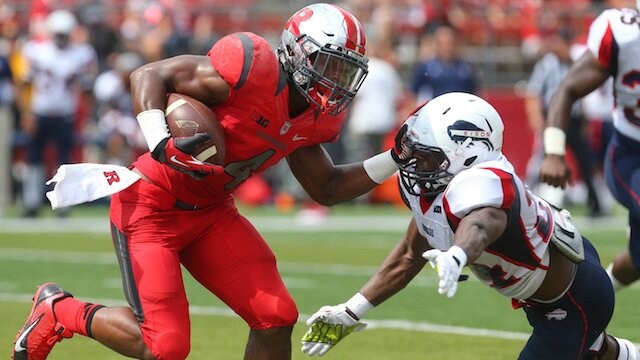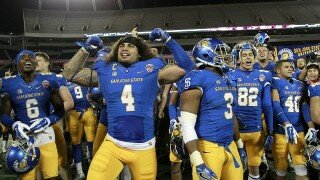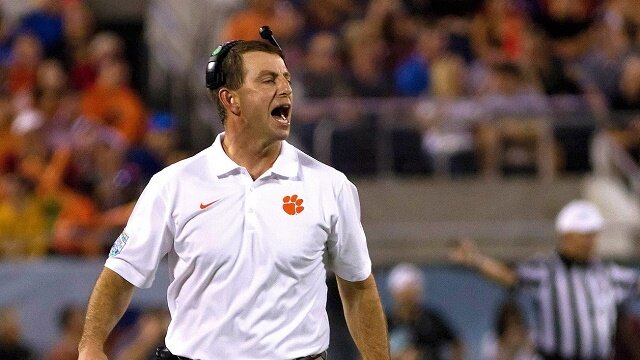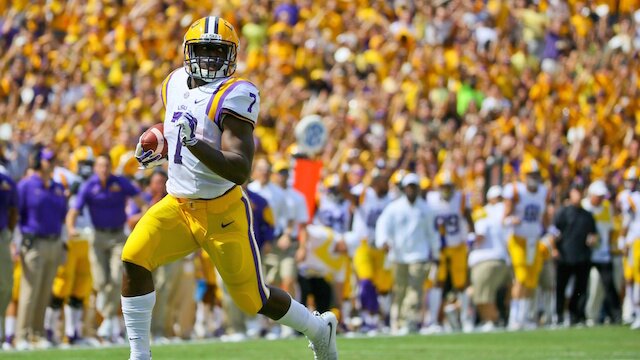
Pay for college athletes has been a hot and cold topic through the years, and the recent (alleged) autograph signing for money cases of Jameis Winston and Todd Gurley have brought the issue back into the headlines recently.
In August, a federal judge ruled that NCAA rules prohibiting athletes from profiting on their likeness via television and video games violated antitrust laws. The lead plantiff in the case was former UCLA basketball player Ed O’Bannon, and for lack of a better name, it will be widely referred to as the O’Bannon case from this point on I would expect.
Judge Claudia Wilken’s decision does not mandate that college athletes be paid, but it does suggest everything from raising the value of scholarships to putting money in trust funds for players that can be accessed when they are done with school. Judge Wilken did recommend a yearly cap of $5,000 per year per player, which apparently would not violate federal antitrust laws.
Of course the NCAA has appealed the ruling, so the legal battle over the strict definition of amateurism will continue for awhile. But the NCAA has given the five “power” conferences greater autonomy to create their own rules in regards to several issues surrounding athletes. It is this greater freedom that has brought the biggest development yet in terms of pay for athletes.
According to the Dallas Morning News earlier this week, University of Texas athletic director Steve Patterson has stated a plan for the university to pay each athlete $10,000 per year. Half of that money would go toward extra college costs that aren’t covered by a traditional full scholarship, and the rest would compensate each athlete for use of their likeness. The university, assuming the plan stays intact as currently outlined and offered publicly, would pay around $6 million in total to Longhorns’ athletes each year.
I admire Patterson and the University of Texas for taking the lead and finding a way to pay college athletes, after what I assume was very careful consideration. But a slippery slope is looming, and may not be avoided no matter what the NCAA and school administrators do.
I am for paying college athletes for use of their likeness for commercial purposes, apparel sales attached to their name, etc. I’m also behind the idea of allowing them to profit in other ways, if their autograph or mere presence at an event is considered valuable to someone, somewhere. But that is where issues are bound to come, and makes exactly how to pay college athletes fairly one big gray area that is unlikely to be altered much.
Should the starting quarterback for the football team be paid as much as, for lack of a better example, the starting goaltender on the lacrosse team? The answer is probably no, since football is a big revenue sport at most schools, while lacrosse still falls into a certain unique niche. Football brings in enough money to allow lacrosse to exist at most of the bigger colleges around the country, and therefore is a far more valuable entity. So called “revenue” sports do vary some depending on the school, and region of the country more specifically, but for the most part football and men’s basketball pay the bills for everyone else at the vast majority of Division I schools anyone can name easily.
We may never know how Patterson and the University of Texas arrived at the precise amount they are proposing to pay their athletes, and I expect each institution to decide that on their own going forward based on their own priorities, budget concerns and other considerations that I haven’t easily thought of. Any difference in annual compensation would surely provide a recruiting advantage to schools that are willing or able to pay more, which adds another unfortunate element to the issue of pay for college athletes.
The exact timeline for when athletes would start to receive extra money for use of their likeness and such is unclear, and I assume that is somewhat dependent on the NCAA’s appeal of the ruling in the O’Bannon case. News on that front surfaced this week, with O’Bannon’s lawyers reportedly seeking over $50 million from the NCAA to recoup attorney fees and other costs associated with bringing the antitrust case to and through trial over the last five years. The NCAA will surely fight that proposed award, as I think any organization would be expected to when we’re talking that amount of money, which may create further legal hurdles and delay a potential resolution of how, when and how much to pay players.
While I am for the concept of paying athletes at colleges, regardless of the sport they play, a line does have to be drawn. Some sort of de facto salary cap could be mandated, maybe based on how much of the revenue pie a specific sport brings in, if only to prevent schools from blowing their overall budgets in an effort to compete in sports.
Some clear and far-reaching guidelines need to be offered at some point, but I am not confident the NCAA and president Mark Emmert are up to the task of creating the overall criteria for how, when and, to some degree, how much to pay those that are talented enough to play college sports at a high level.
Brad Berreman is a Columnist at Rant Sports.com. Connect with him on Twitter or Google +.
 Share
Share 

